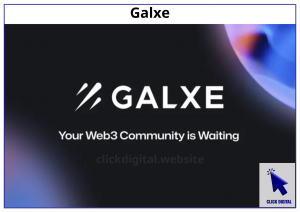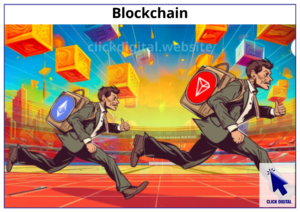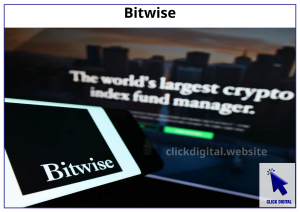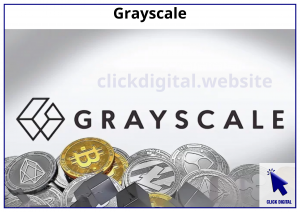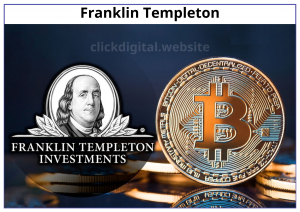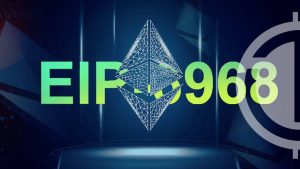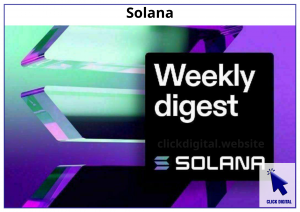Key Takeaways:
- Amendments proposed for Solana aim to bolster the network’s long-term viability.
- New protocols will redistribute priority fees toward stakers and amend SOL’s inflation rate.
- The changes could potentially affect validator revenues significantly and raise concerns over smaller operators.
The high-speed Solana blockchain network is undergoing potentially transformative updates. The community is all abuzz with a cocktail of excitement and skepticism about proposed protocol upgrades. These upgrades are designed to increase the long-term health and sustainability of the network, however, they might present a challenge to smaller operators as they could affect validator earnings significantly.
Table of Contents
The Stakes of the Upgrade Vote
In March, the Solana validators will vote on two Solana Improvement Documents (SIMDs) upgrades. Among these proposals, one aims to fairly reward stakers, and another seeks to adjust the inflation rate of Solana’s native SOL token.
Why the Upgrades Are So Controversial
These rather technical tweaks have sparked a lot of discussion inside the Solana ecosystem. Matthew Sigel, VanEck’s head of digital asset research, warned about the potential downsides in a post published over X, saying these proposals could cut validator revenues as much as 95%. Lowering the core base fees to 1/66 of the original rate has resulted in a 66-fold decrease, which raises concerns about the sustainability of smaller validators who may struggle to remain competitive.
SIMD 0123: Rewarding Stakers And Sweetening The On-chain Execution
The first proposal, SIMD 0123, is an in-protocol mechanism that distributes Solana’s priority fees to validator stakers. Priority fees, which traders use to expedite their transactions, currently account for a significant 40% of network revenues. Unlike other forms of revenue, such as voting rewards, validators currently are not required to share these fees with stakers.
There are a number of potential benefits of this proposed change. It would also motivate more participation in the network by providing additional staking rewards, while also reducing the incentive to make off-chain trading deals between those traders and those validators. This helps strengthen on-chain integrity by ensuring fair execution of all updates and enhancing certainty in the Solana ecosystem. The voting process for this proposal is scheduled to take place on March 6th.
The supply of staked SOL has increased since 2023. Source: Coin Metrics
SIMD 0228: Easing Inflation and Lowering Supply Pressure
The second draft (SIMD 0228) is widely regarded as the more significant of the two. Its goal is to adjust SOL’s inflation rate so that it decreases as a larger fraction of the token supply is staked. This proposal aims to minimize dilution and to decrease sell pressure coming from stakers who perceive their staking rewards to be income.
The second, SIMD 0228, is the “most impactful proposal under consideration,” according to Sigel.
The Power of Inflation and the Push for Sustainability
Its inflation was still above its target inflation rate of 1.5%, with Solana’s inflation rate at 4% in February, down from its initial rate of 8%. Current inflation decays at a constant rate (15% per year). Inflation reduction has been identified as a crucial move towards bolstering long-term sustainability on Solana, providing a more appealing and stable ecosystem for its users and investors.
Jito Dominates by Multicoin Capital
The SIMD 0228 proposal lists Multicoin Capital’s Vishal Kankani as the lead drafter. Multicoin, a venture capital firm, is a major investor in Jito, Solana’s leading staking pool. In terms of block-building data, as of December, over 93% of Solana validators use Jito’s software to maximize earnings. Though Multicoin’s involvement isn’t necessarily negative, it raises concerns about potential conflicts of interest and power dynamics within the Solana ecosystem.
Walking the Tightrope: Growing Vs. Decentralization
Proposed upgrades set up a trade-off between growth and decentralization. “While these changes may reduce staking rewards, we believe lowering inflation is a worthy goal that strengthens Solana’s long-term sustainability,” Sigel said.
By lowering inflation and rewarding stakers, more users and investors may be lured, but this may drive consolidating effects in the validator space, which could hurt validator revenue. However, it would also lead to a concentration of power among a few large validators, increasing the risk of censorship and potentially compromising network security.
Solana network revenues from transaction fees and out-of-protocol tips. Source: Blockworks Research
The Bigger Picture: Solana ETFs and Crypto Staking
These upgrade conversations take place within the context of wider trends in the cryptocurrency market. AUSTIN, Texas — Asset managers are seeking approval from regulators to launch Solana exchange-traded funds (ETFs) on US exchanges. In addition, issuers have been requesting permission to bring crypto staking into ETFs to boost investor returns.
According to data provided by Bloomberg Intelligence, the probability of SOL ETFs being approved in 2025 is about 70%. The result of these votes on upgrades could be all the more significant for Solana given the potential influx of institutional investment in the upcoming months.
The Real-World Implications — A Case In Point
Imagine you are an independent validator running a Solana node from home, relying on priority fee revenue to cover electricity and hardware costs. If SIMD 0123 passes and priority fees are redirected to stakers, this validator’s income could be significantly reduced. This could force the validator to shut down their node, ultimately reducing the decentralization of the Solana network.
In contrast, a mega staking pool like Jito, supported by massive venture capital, could be favored by these alterations. As a result, they can further strengthen their position by attracting more stakers to their revenue model, ensuring long-term profitability and consolidating their dominance in the Solana ecosystem. This dynamic highlights the risk of these enhancements exacerbating existing divisions within the Solana community.
The Road Ahead: The Cost of the Unpredictable
The upcoming vote continues to be highly consequential for Solana going forward. The community should weigh the potential yield of these upgrades versus the risks to validator diversity and general network decentralization. Finding a balance will be key for Solana’s long-term success and sustainability.
The Solana community is now at a unique moment in time. The decisions surrounding these upgrades will not only dictate the economic future of the network but also how resistant, accessible and successful it will be in the upcoming years. This debate is far from settled, and the stakes could not be higher.

